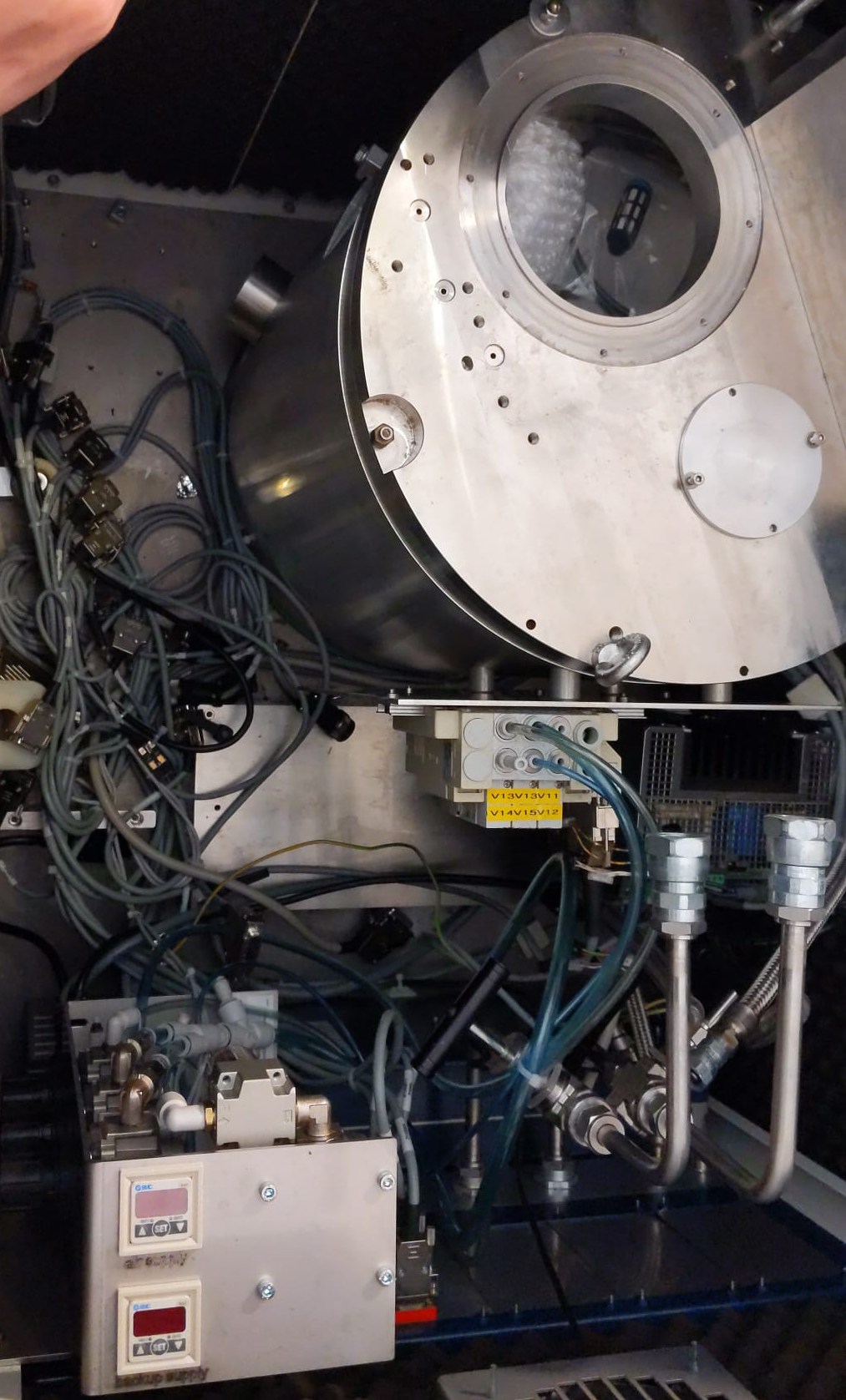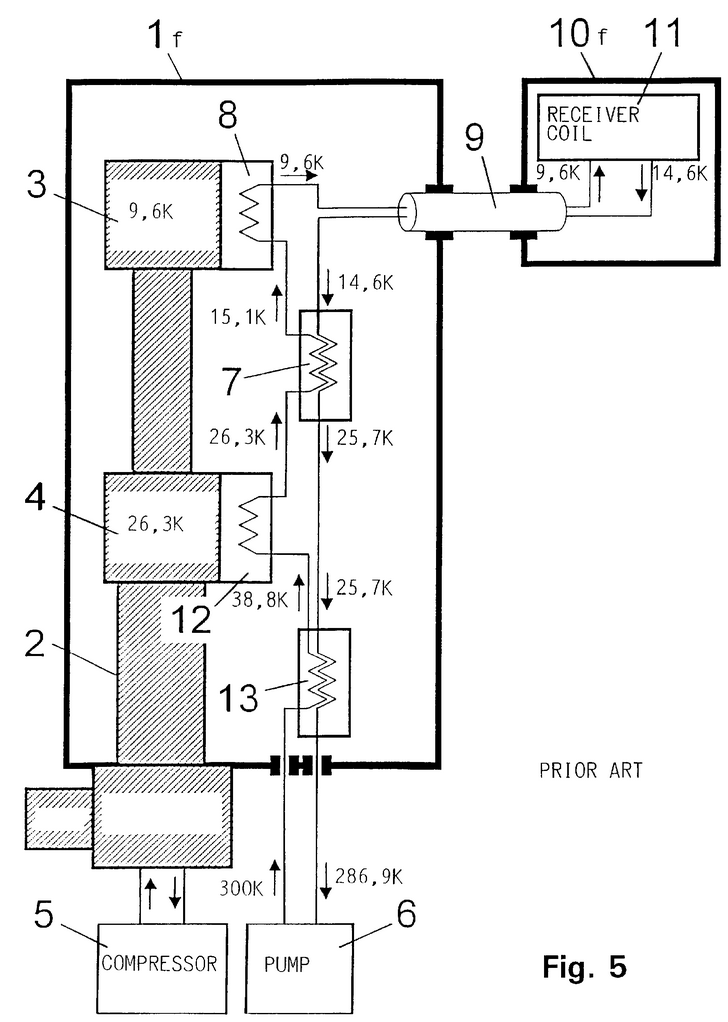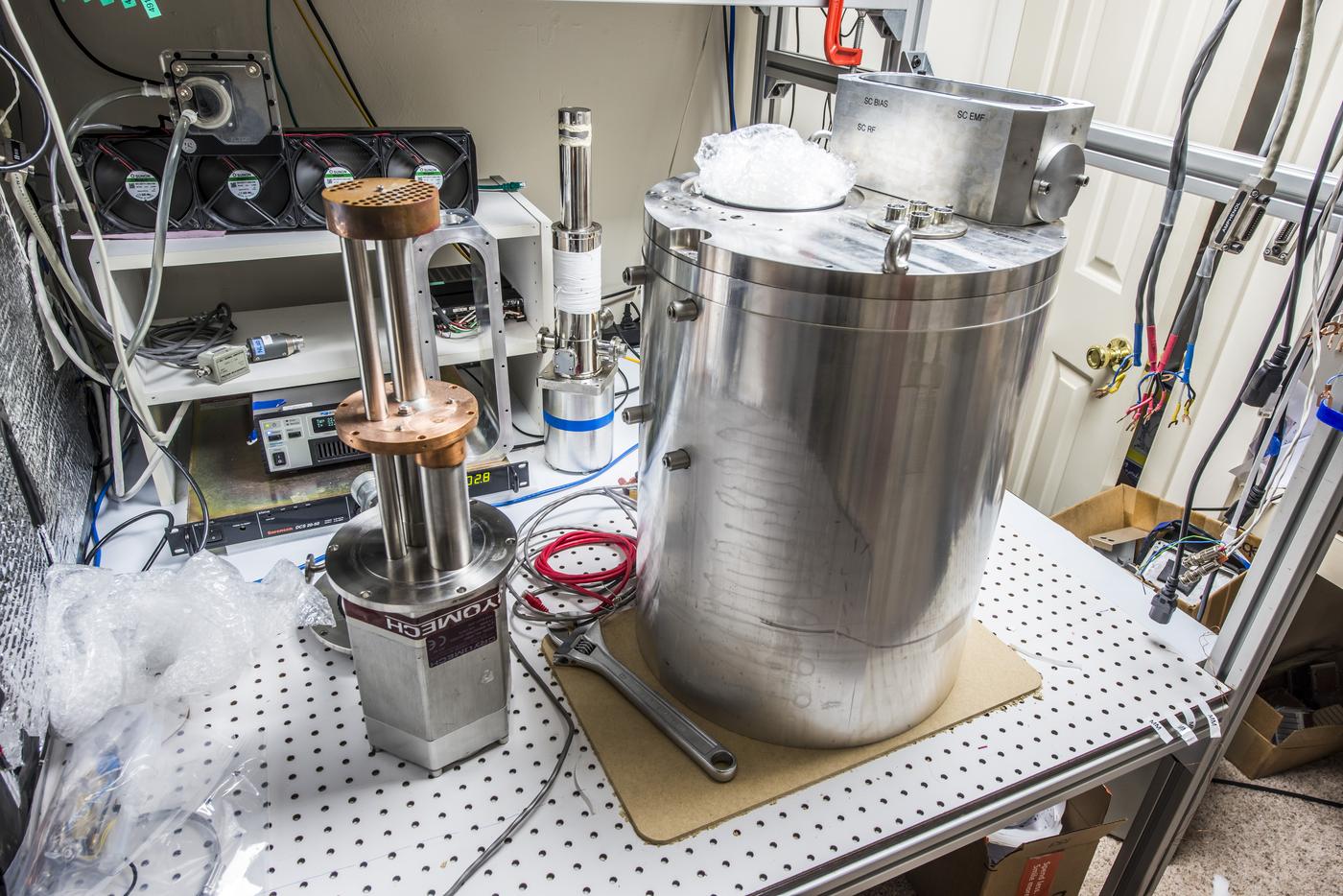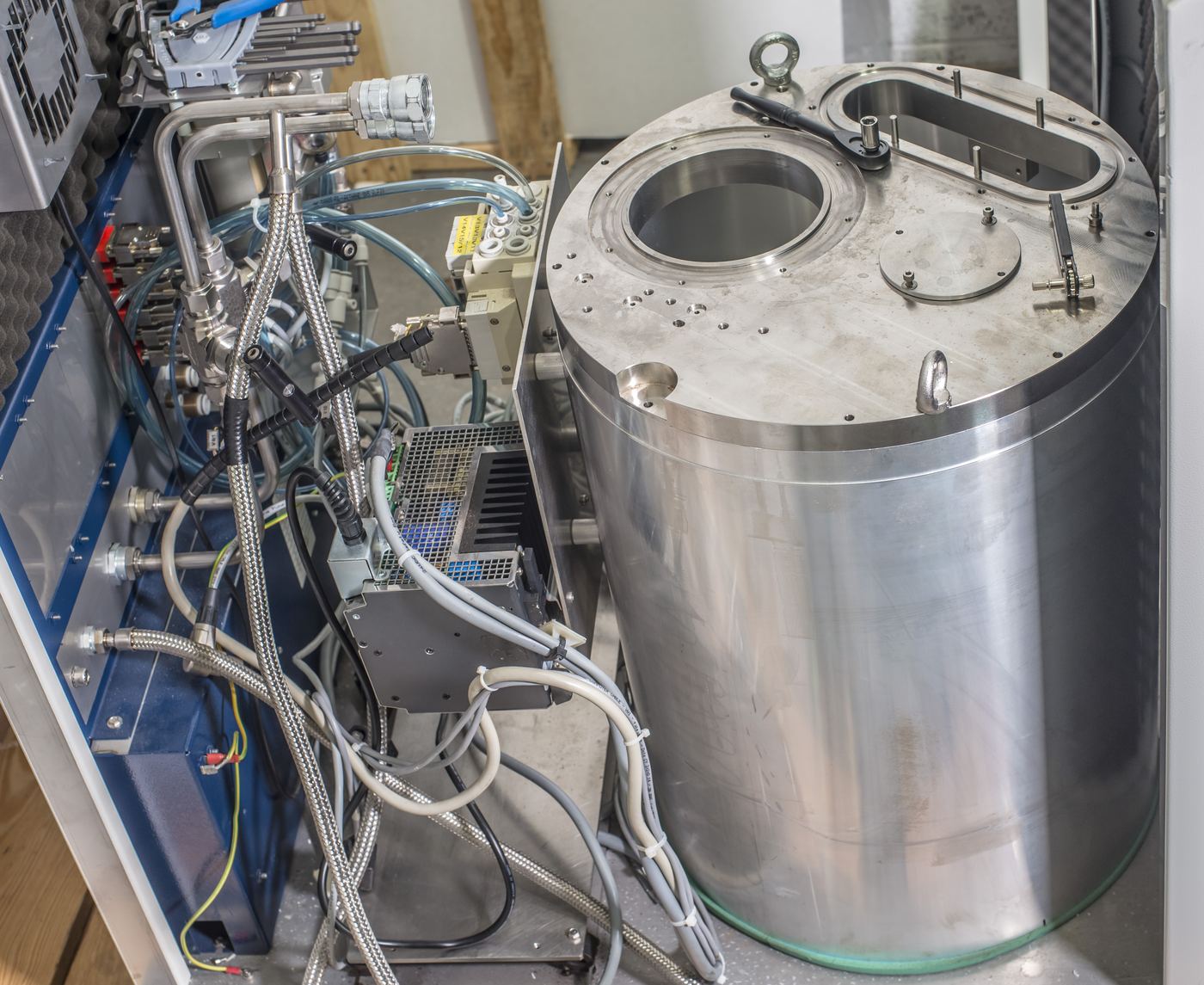As we delve deeper into the fascinating quantum realm of national level electrical metrology, we encounter a remarkable requirement: the need to extremely cold temperatures in order to harness the incredible properties of superconductors and quantum effects. In old days scientists and metrologists relied on a readily available supply of liquid cryogen, notably liquid helium and nitrogen, to achieve these ultra-low temperatures in labs.
However, as we find ourselves in the modern years the landscape has evolved significantly and liquid helium is challenging to acquire. It would be also very wasteful to let it evaporate in few weeks without any scientific end goal achievement. Liquid helium (LHe) used in very low-temperature experiments, has become increasingly expensive and impractical for those operating within constrained budgets even with commercial applications. This shift in economic feasibility has sparked a progress for alternative means to access the extremely cold temperatures with closed-loop systems, essential for exploring the quantum phenomena that superconducting devices demonstrate.
Using closed cycle cryocooler represents a groundbreaking advancement in temperature control technology. These cryocoolers are designed to provide consistent and efficient cooling capabilities without the need for a dedicated building or complex support infrastructure to accommodate the handling of liquid cryogens. Their development has revolutionized the accessibility of ultra-low temperatures, democratizing the field of quantum metrology and eliminated need of expensive LHe refills.
Moreover a fortuitous development and use of these systems has occurred in the form of closed cycle cryocoolers occasionally becoming available on the secondary market. This has further expanded the accessibility of these cryogenic systems to even constrained researchers and metrologists, enabling them to pursue their experiments and studies without the prohibitive costs and logistical challenges associated with traditional cryogen supplies. At xDevs we’ve been experimenting with few different cryocoolers behind the scenes but nearly all of them require vacuum environment to reduce heat load to cold fingers. Typical low power cryocoolers rarely can handle heat load more than few watts at best, so every tiny improvement of thermal insulation is a desired progress.
Vacuum is best insulator, and next step to enable cryocooler operation is to get properly sized hermetic chamber. This would allow experimentation with devices and equipment without risk of condensation and at good (<0.001%) power efficiency at temperatures below 15 K (-258.15 °C). So photo below shows current hardware planned for cryostat build.

It is based on decommissioned commercial system, originally intended for cooling NMR cryoprobes. Unit is plenty heavy, around 250 kg even with all the side panels and additional hardware removed.

This system was used to provide cooled helium gas to cryoprobe for improved sensitivity and performance of the detection. Originally system was designed to operate with Sumitomo RDK-408 cold head but I will be using different cold head. Some modification will be required before we can try to get first frost.

We will see more of this setup in later posts!
Big cooler is already looking forward to get together with vacuum chamber and eventually enter into operation.
Stay tuned and let us know your feedback on this post! Discussion about this and related stuff is also welcome in comment section or at our own IRC chat server: xdevs.com (port six-zero-ten-zero, channel: #xDevs.com) or via e-mail.
Modified: Sept. 29, 2023, 6:03 a.m.


